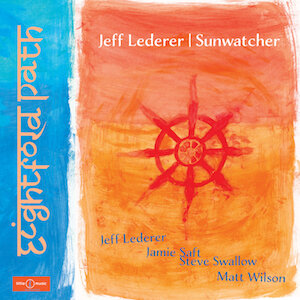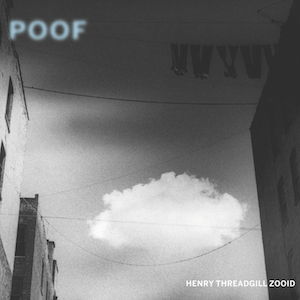Label: Empress Legacy Records, 2021
Personnel includes - Jazzmeia Horn: vocals; Bruce Williamson: alto sax; Freddie Hendrix: trumpet; Sullivan Fortner: organ; Keith Brown: piano; Eric Wheeler: bass; Anwar Marshall: drums.
Possessing extraordinary vocal gifts, the self-assured jazz vocalist Jazzmeia Horn was one of those rare artists who immediately ascended to stardom with a debut album. If Social Call (Prestige, 2017) brought her the deserved attention through renditions of known straigh-ahead jazz tunes, her second outing, Love and Liberation (Concord Jazz, 2019), was even better, consolidating her vocal abilities with more originals than covers. Now, the much-anticipated Dear Love holds special significance for Ms. Horn, who releases it on her own label. She put it together with the Noble Force, a 15-piece ensemble featuring expert soloists such as alto saxophonist Bruce Williamson and trumpeter Freddie Hendrix in the frontline, and an adequate rhythm section composed of pianist Keith Brown, bassist Eric Wheeler and drummer Anwar Marshall.
The album straddles between pure jazz tradition and more progressive exercises in the line of Sun Ra. In the first category we have pieces like “He Could Be Perfect”, which had me flashing back to Carmen McRae and Dee Dee Bridgewater; “He’s My Guy”, which channels Sarah Vaughan with further range; and “Lover Come Back To Me”, a showcase for her razor-sharped scat singing. The forward-thinking stuff can be exemplified with numbers such as “I Feel You Near”, propelled by a caravan-like Afro rhythm and colored with Jason Marshall’s baritone lines; “Nia”, an emotionally resonant modal jazz incursion with superb vocal work and a great saxophone solo by Williamson; and “Strive (To Be)”, perhaps Horn’s most triumphant original, measured with preliminary rattling percussion, epic grandeur in the horn arrangement, modal intonation and enough experimental fair to please avant-gardists.
“Where We Are” brings a smell of R&B balladry, and there’s even a curious take on The Beatles’ “Money Can’t Buy Me, Love”, but it’s “Let Us (Take Our Time)”, leaning on the ballad side with strategic pauses and featuring a muted trumpet solo by Hendrix, that will probably get more attention. The album closes out in the spirit of Aretha Franklin with “Where is Freedom”, where gospel and blues take part in the fun.
With an unapologetic personal touch, Jazzmeia knows how to freshen the old straight-ahead ways and dares to explore new possibilities. On top of that, she adds conscious social message, sometimes in the form of spoken word. Dear Love is her best album so far.
A-
Favorite Tracks:
09 - Nia ► 11 - Strive (To Be) ► 14 - Where is Freedom








































